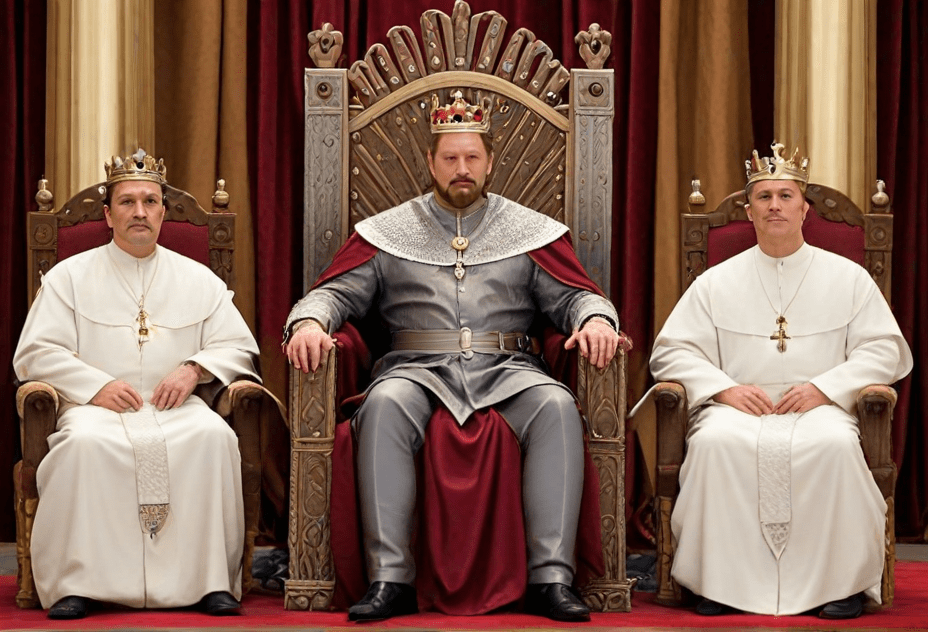These are content creation techniques for engaging blog content and also for video marketing strategies, podcast creation tips, infographic design ideas, storytelling in marketing, emotional branding, digital content strategy, effective content creation and how to engage audience.
In the world of digital content creation, storytelling emerges as a potent tool capable of captivating audiences and sparking engagement. It’s more than merely relaying facts or spewing information; it’s about presenting those details in a way that resonates with audiences, forging a connection that goes beyond the digital interface. At its core, storytelling breathes life into content, transforming it from static words or images into vibrant, relatable narratives. Learn here the power of storytelling.
The Anatomy of a Good Story
A compelling story comprises key elements: setting, characters, conflict, and resolution. These components serve as the building blocks for constructing narratives that hold audience attention and incite interest.
- Setting: In content creation, the setting provides context. It may be a physical location, a point in time, or even the background situation in a case study. It frames your content, giving your audience a relatable backdrop that can influence their perception of the narrative.
- Characters: Characters humanize your content. They could be real people, fictional personas, or even a brand or product. Through characters, audiences can anchor their emotions and understanding, making the content more relatable.
- Conflict: Conflict introduces a challenge or problem that needs resolution. It is the pivotal point that propels the narrative, making the content more intriguing and engaging.
- Resolution: The resolution delivers a solution to the conflict, providing a satisfying conclusion. It could also include a call to action, prompting audiences to act based on the content.
Harnessing Emotion in Storytelling
A story’s power lies in its ability to evoke emotions. Emotional cues trigger personal responses and facilitate a deeper connection with the content. Whether it’s joy, sorrow, surprise, or excitement, emotions drive engagement and foster memory retention.
In content creation, emotions can be stirred through the use of descriptive language, emotive visuals, engaging dialogue, or powerful audio. Empathy can also be a powerful tool, putting the audience in the shoes of the characters and allowing them to experience the narrative firsthand.
Storytelling Techniques in Different Formats
The art of storytelling adapts to various content formats:
- Blogs: Blogs allow for detailed narratives. Through descriptive language, metaphorical expressions, and personal anecdotes, blog writers can construct immersive stories.
- Videos: Visual storytelling through videos can be incredibly powerful. With the combined use of visuals, audio, and text, video content can weave complex narratives that captivate audiences.
- Podcasts: Storytelling through podcasts leverages the power of the spoken word. Narration, interviews, or conversations can form compelling stories that keep listeners hooked.
- Infographics: Infographics tell stories through data. Design elements and data visualization techniques turn bland statistics into intriguing narratives.
Conclusion
Storytelling elevates digital content creation, transforming it from mundane to magical. It’s an art, a science, and a skill that can be honed over time. As content creators, embracing storytelling enables us to create deeper connections with our audience, making our content more engaging, relatable, and memorable. So, let your creativity flow and weave your own narrative into your digital content. After all, everyone has a story to tell. It’s just a matter of telling it right.
FAQ – Frequently Asked Questions about the Power of Storytelling
Why is storytelling important in digital content creation?
Storytelling is crucial in digital content creation because it transforms static content into engaging narratives. It forges a deeper connection with audiences and incites interest and engagement.
What are the key elements of a good story?
The key elements of a good story include the setting, characters, conflict, and resolution. These components provide structure and flow to your content, making it compelling and relatable.
How does storytelling evoke emotion?
Storytelling evokes emotion through the use of descriptive language, emotive visuals, engaging dialogue, or powerful audio. Emotion drives engagement and fosters memory retention, making your content more impactful.
Can storytelling techniques be adapted to different content formats?
Yes, storytelling techniques can be adapted to various content formats including blogs, videos, podcasts, and infographics. Each format offers unique ways to weave narratives that captivate audiences.
How does storytelling benefit blogs specifically?
For blogs, storytelling allows for detailed narratives. Writers can use descriptive language, metaphorical expressions, and personal anecdotes to construct immersive stories that hold reader interest.
How can I make my content more engaging through storytelling?
You can make your content more engaging by incorporating the elements of storytelling: setting, characters, conflict, and resolution. Use emotional cues to connect with your audience on a deeper level, and adapt your storytelling to suit the content format you’re working with.
These are Content Creation Techniques for Engaging Blog Content and also for Video Marketing Strategies, Podcast Creation Tips, Infographic Design Ideas, Storytelling in Marketing, Emotional Branding, Digital Content Strategy, Effective Content Creation, How to Engage Audience.
In the world of digital marketing, understanding content creation techniques is essential. Engaging blog content, insightful podcasts, captivating videos, and visually stimulating infographics can set your brand apart in the saturated digital landscape.
Storytelling in marketing has emerged as a potent tool, transforming static content into dynamic narratives that resonate with audiences. It’s about more than just delivering information; it’s about presenting it in a way that connects on an emotional level, a concept known as emotional branding.
To create content that truly engages, a digital content strategy is needed. It involves selecting the right format for your message, understanding your audience, and knowing how to use storytelling techniques effectively across all platforms.
The effectiveness of your content creation depends on how well you engage your audience. The right balance of information, entertainment, and emotional resonance can help your content stand out, drive engagement, and foster a lasting connection with your audience. Whether it’s through a blog post, a podcast episode, a video, or an infographic, mastering the art of storytelling can take your content to new heights.






